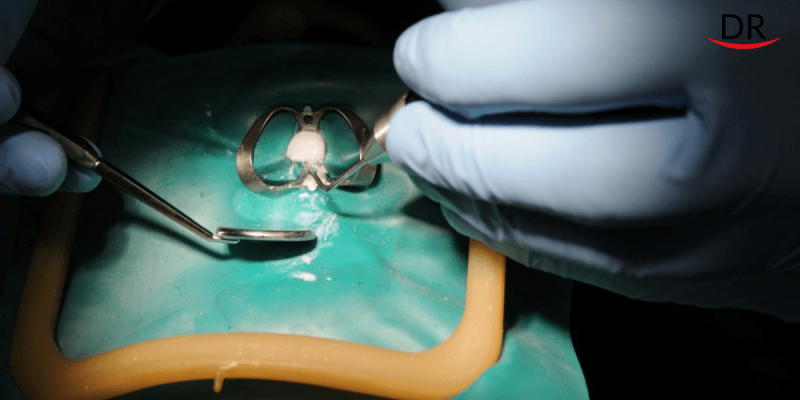ABSTRACT:
Due to close face to face contact with patients and frequent utilisation of sharp devices, dental personnel are repeatedly exposed to respiratory tract secretions, blood, saliva and other contaminated body fluids and are always at risk for 2019-nCoV infection. This article addresses importance of using rubber dam in dental practice and how a simple rubber sheet is helpful in prevention of cross infections among operator, dental staff and patients. This article also covers use of rubber dam in various difficult clinical situations.
Introduction
The disease caused by the 2019 novel coronavirus (2019-nCov ) was called COVID-19 by the World Health Organisation in February 2020.
COVID-19 transmission in dental sittings occur through four major routes:-
- Direct exposure to respiratory secretions containing droplets, blood, saliva.
- Indirect contact with contaminated surfaces and instruments
- Inhalation of suspended airborne viruses
- Mucosal (nasal,oral and conjuctival) contact with infection containing droplets and aerosols that are propelled by coughing and talking withot a mask.
Basics of Rubber Dam
Rubber dam is a thin square sheet of latex or non latex which is used to isolate the operating site from the rest of the mouth.

Importance of using rubber dam –
- Isolation
- Retraction of tissues
- Access & visibility
- Improved properties of dental materials
- Protection of patient & operator
- Increased operating efficiency
- Reduced operator time
Rubber Dam Isolation
Due to the creation of a barrier in the oral cavity, rubber dams effectively reduce the generated droplets and aerosols mixed with patient saliva and /or blood. Following the placement of the dam, extra high volume suction is also required for maximum prevention of aerosol and splatter from spreading.

Use of Rubber Dam in Various Difficult Clinical Situations
During endodontics, difficult clinical situations may arise like –
- Partially erupted teeth or teeth with short clinical crown
- Severely broken down teeth
Clamps with serrated jaws are available called as ‘tiger clamps’. These serrations help in stabilization of the clamp. Apart from tiger clamps, other clamps available are Silker Glickman clamp for severely broken down teeth. It has an anterior extension that allows retraction of the rubber dam around the tooth in question with the clamp placed on the adjacent tooth.

Some Clinical Snapshots




Besides rubber dam, there are many other methods used for isolation.
Click here to know about 19 incredible rubber dam alternatives you must know about!
Conclusion
Isolation of the treatment area provides the ability to create an aseptic and dry environment and improves efficiency. Whichever colour, thickness or application technique is used, the rubber dam improves both the patient’s experience and comfort and practitioner’s performance and is a mandatory requirement in post COVID dentistry.




















Comments